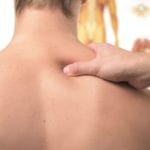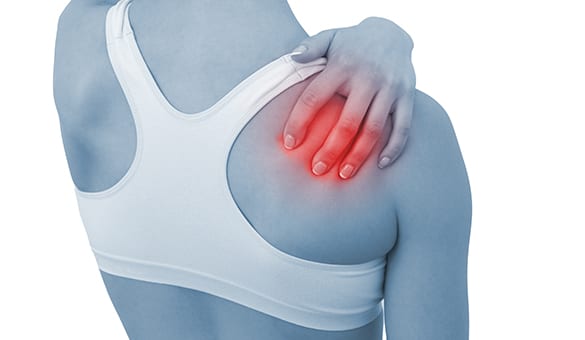
Rotator Cuff Surgical Treatment can restore your shoulder’s function and relieve symptoms.
The thick group of muscles and tendons around the shoulder joint are designed to keep the arm firmly in its socket. These tissues sometimes become injured as a result of a repetitious movements, excessive pressure, or when the joint is stretched beyond its normal range of motion.
- Most patients do respond well to conservative treatments like physical therapy
- If the damage or tear is severe enough, surgery may be required
CONTACT US TODAY
When to Consider Rotator Cuff Surgical Treatment
Unless the resulting pain is serious and debilitating, surgery will only be an option if non-surgical methods that typically include anti-inflammatory medications, physical therapy exercises, and steroid injections directly into the shoulder joint aren’t effective. Surgery may also be advised when:
- Athletically active patients want to get back to optimal playing condition
- Symptoms have continued for 6-12 months
- The injury is a larger tear around healthy tissue
- Shoulder function is significantly affected
- A tear was caused by an acute (sudden) injury
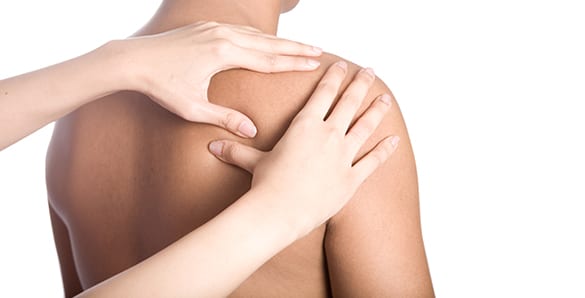
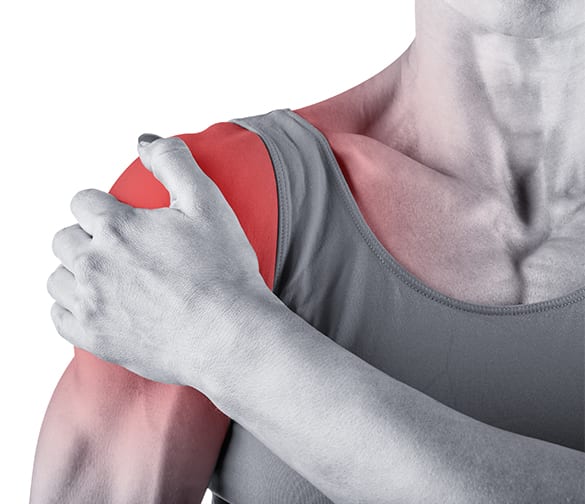
Arthroscopic Tendon Repair
An increasingly common procedure, arthroscopic tendon repair involves the use of a small camera and special tools. Smaller incisions are made to reduce trauma to nearby tissues. The torn tendon is reattached to the bone. It’s a procedure that often results in less post-operative pain and a shorter recovery period.
Open Rotator Cuff Surgery
Large or complex tears often require traditional open surgery to access the affected area. During the procedure, larger incisions are made and one of the larger shoulder muscles may need to be detached to access the torn tendon and reattach it to the bone. Recovery is usually longer since more tissues will need to heal.
Bone Spur Removal
In some situations, bone spurs will need to be removed from the acromion, a structure located at the outward end of the spine near the shoulder blade. Bone spur removal can take place during open surgery if it’s a secondary procedure that will be done along with repair of a torn tendon. It may also be done arthroscopically if it’s only the bony growth that’s irritating the rotator cuff.
Mini-Open Surgery
Procedures performed this way typically start off with arthroscopic techniques to access the affected tendon, which means there is no need to detach a deltoid muscle. The surgery is completed with a mini-open incision that allows the surgeon to view the shoulder directly.
Tendon Transfer
The affected tendon is sometimes too damaged to be repaired surgically. Instead, a nearby tendon will be used as a replacement.
Shoulder Replacement
With major rotator cuff injuries, shoulder replacement may be necessary. During the procedure, an artificial joint is inserted after the damaged structures are removed.
Recovery and Rehabilitation
Pain following surgery is usually managed with the short-term use of pain medications and anti-inflammatory drugs. Rehabilitation often starts with immobilization to allow the shoulder to heal without excessive movement. Physical therapy and rehabilitation exercises can be passive (the arm is supported as it moves) and active (the patient participates in shoulder strengthening exercises) in nature.
Rotator cuff surgery is a fairly common procedure, and most patients respond well to the procedure. All surgical approaches (traditional open surgery, arthroscopic surgery, and mini-open surgery) have similar outcomes, with patients often reporting noticeable pain relief and improved function. The amount of time it will take to fully recover will depend on the extent of the injury and a patient’s overall health and goals post-surgery.
Contact Us Today!
Testimonials

Effectively treat joint pain with the joint restoration treatment options available.
The joints that connect other bones throughout your body are susceptible to injury, especially those that are frequently used, as may be the case if you play sports or participate in activity involving repetitious movements on a regular basis.
- Joints and connection or nearby tissues can become damaged due to injury, disease or irritation
- Steps need to be taken quickly to restore the normal function
- Treatment options often start off conservative but can include surgery
CONTACT US TODAY
When to Consider Joint Restoration
Some forms of joint pain will go away with the RICE method or over-the-counter pain or anti-inflammatory medications. When joint pain is severe or becomes progressively worse, however, further attention is required. The first step at restoring joint function for most patients is the use of common conservative treatments. This initial attempt at joint restoration often includes:
- Modifying activities to give the joint time to heal
- Physical therapy exercises to strengthen supporting muscles
- Epidural injections to provide temporary relief
- Massage therapy to increase circulation
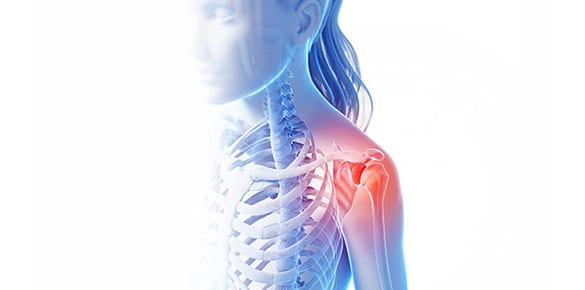
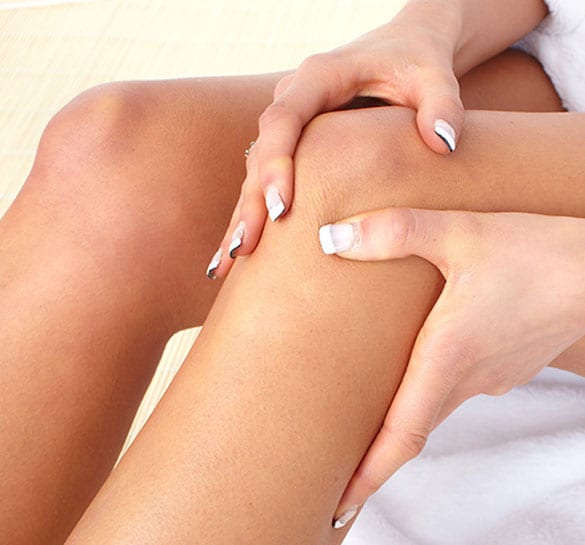
Joint Reconstruction
If conservative methods aren’t providing meaningful relief, joint restoration may involve surgery that includes some type of joint reconstruction. The type of surgical joint restoration procedure that’s recommended will depend on the specific joint affected, the severity of the pain, and the extent of the damage to the joint itself and its adjacent or connective tissues and structures.
Often recommended for younger patients, joint resurfacing is a joint reconstruction procedure where part of a joint may be replaced with a metal or plastic prosthesis, although an effort is made to preserve as much of the rest of the joint as possible. Reconstruction surgery sometimes involves an osteotomy to take weight off the damaged part of a knee joint, cartilage restoration, and ligament and tendon repair.
Joint Replacement
Joints that are severely damaged due to injury or progressive damage from various forms of arthritis may need to be completely replaced with an artificial joint. Replacement can involve artificial joints that are cemented or non-cemented or a combination of the two techniques. More than a million joint replacements are performed in the United States each year, with the common joints replaced being ones in hips and knees. Other joints, including those in supporting elbows, shoulders, wrists, and ankles, may also be replaced to restore joint function.
Recovery and Rehabilitation
Many joint reconstruction and replacement procedures performed today involve minimally invasive techniques, which often means fewer surgical complications, smaller incisions, and shorter recovery periods for patients. Recovery from any type of surgery to restore a joint to its original functioning condition typically involves a rehabilitation program that includes exercises to improve joint and soft tissue strength and restore the affected joint’s natural range of motion. Recovery can take anywhere from several weeks to several months, depending on what procedure was done and a patient’s overall health.
If joint function is successfully restored with treatment and rehab, reduce your risk of re-injury by doing proper warm-ups before working out or playing sports. Paying attention to technique and knowing when to rest sore joints and supporting muscles, tendons, and ligaments can also keep joints healthy following restoration. Maintaining a healthy weight and being mindful of posture and diet can also be beneficial.


